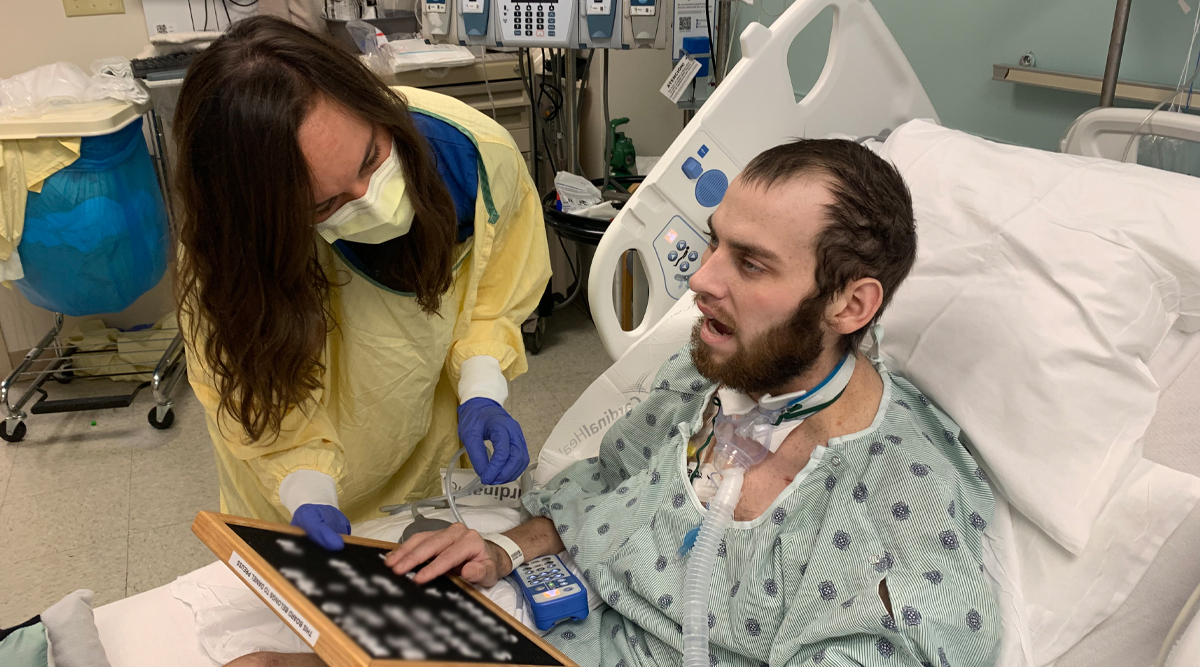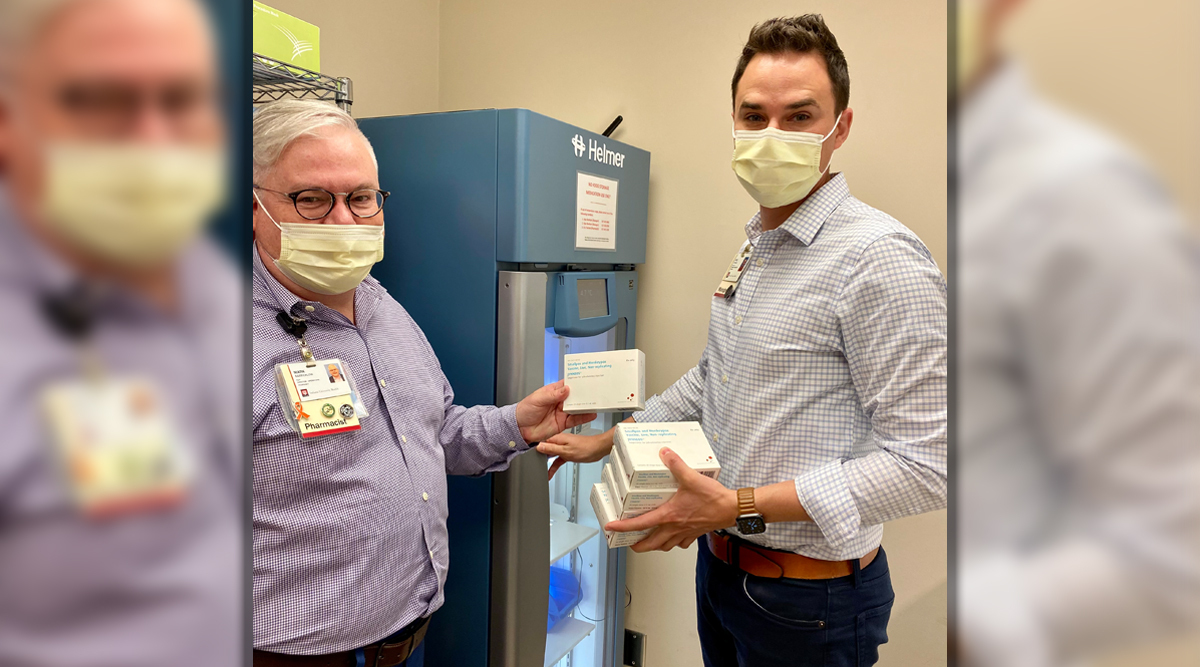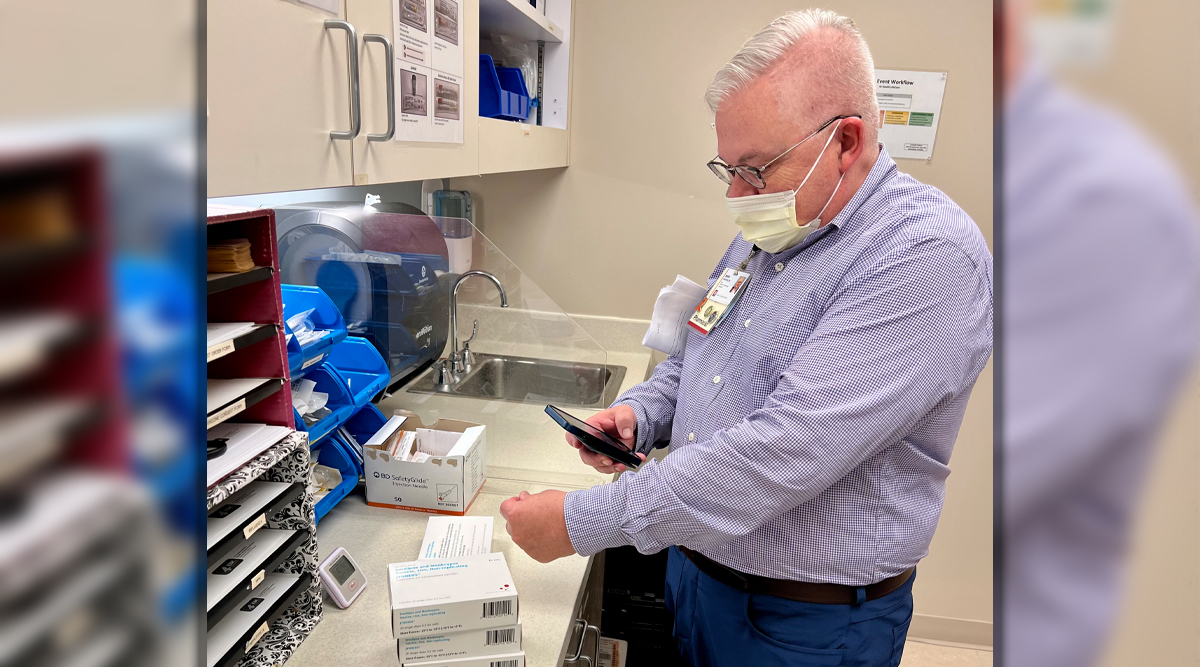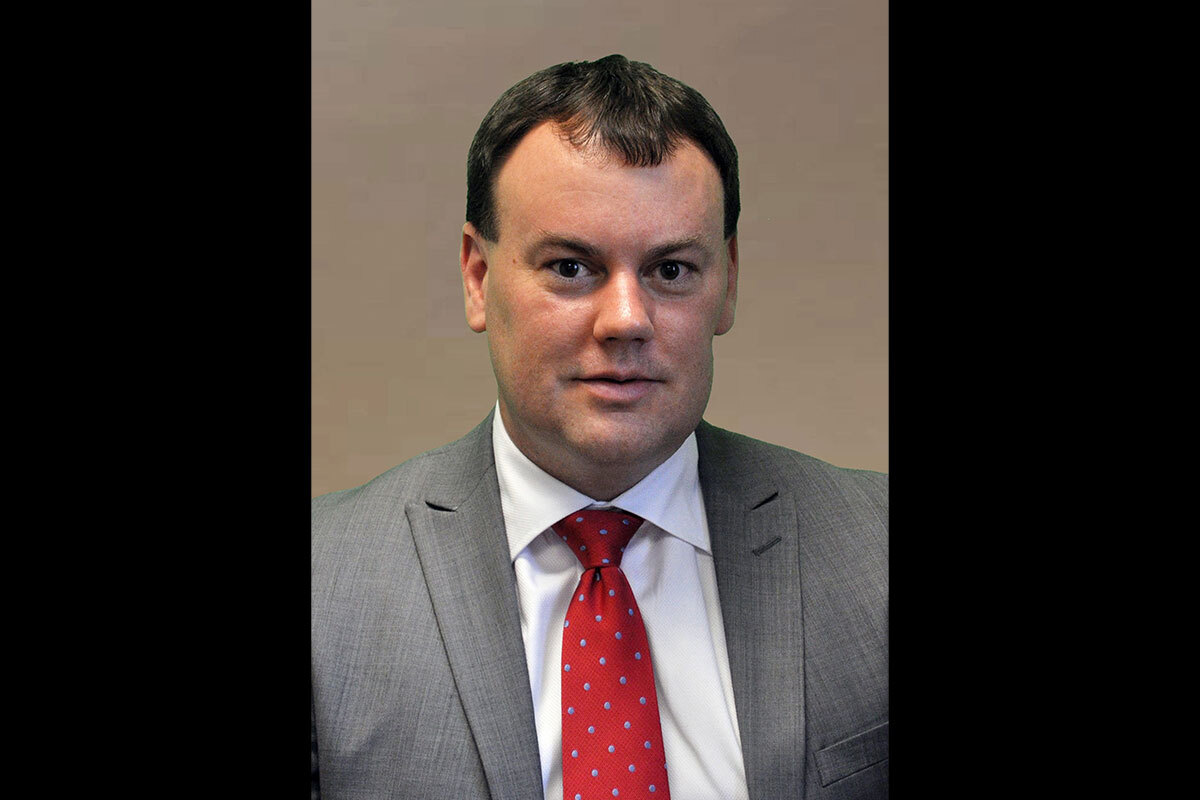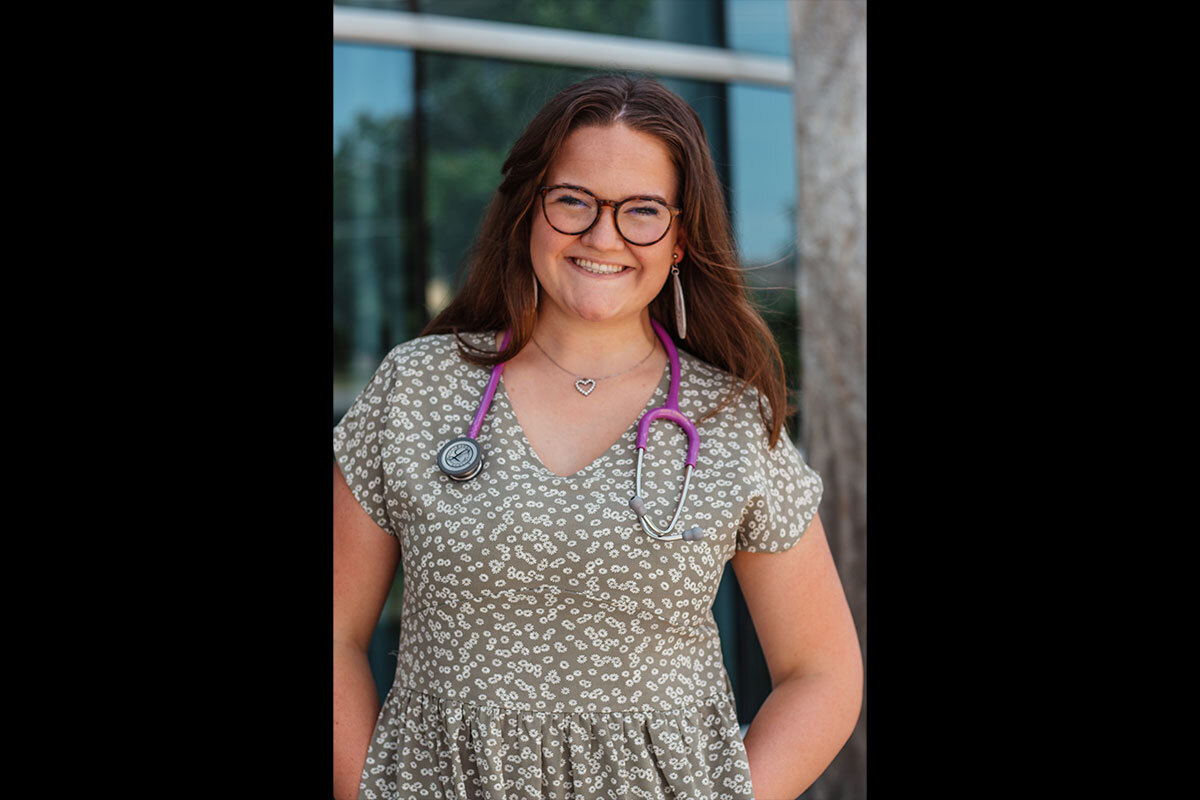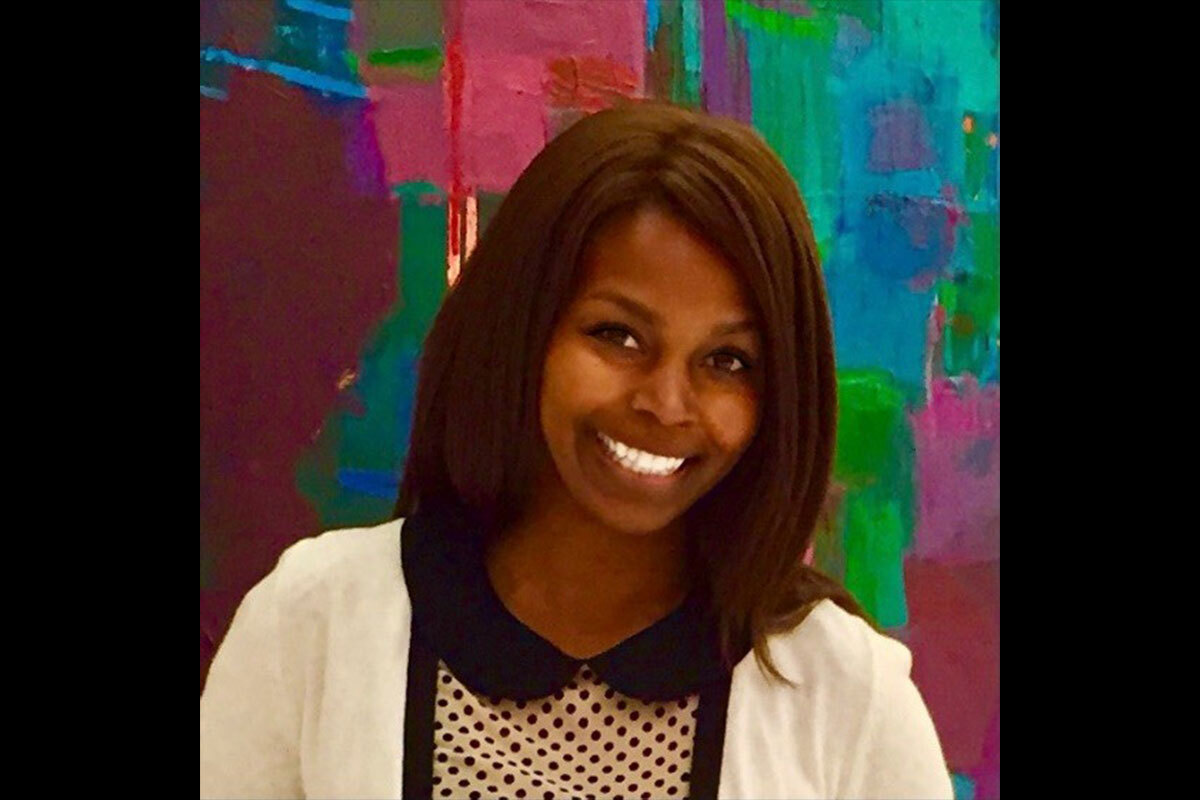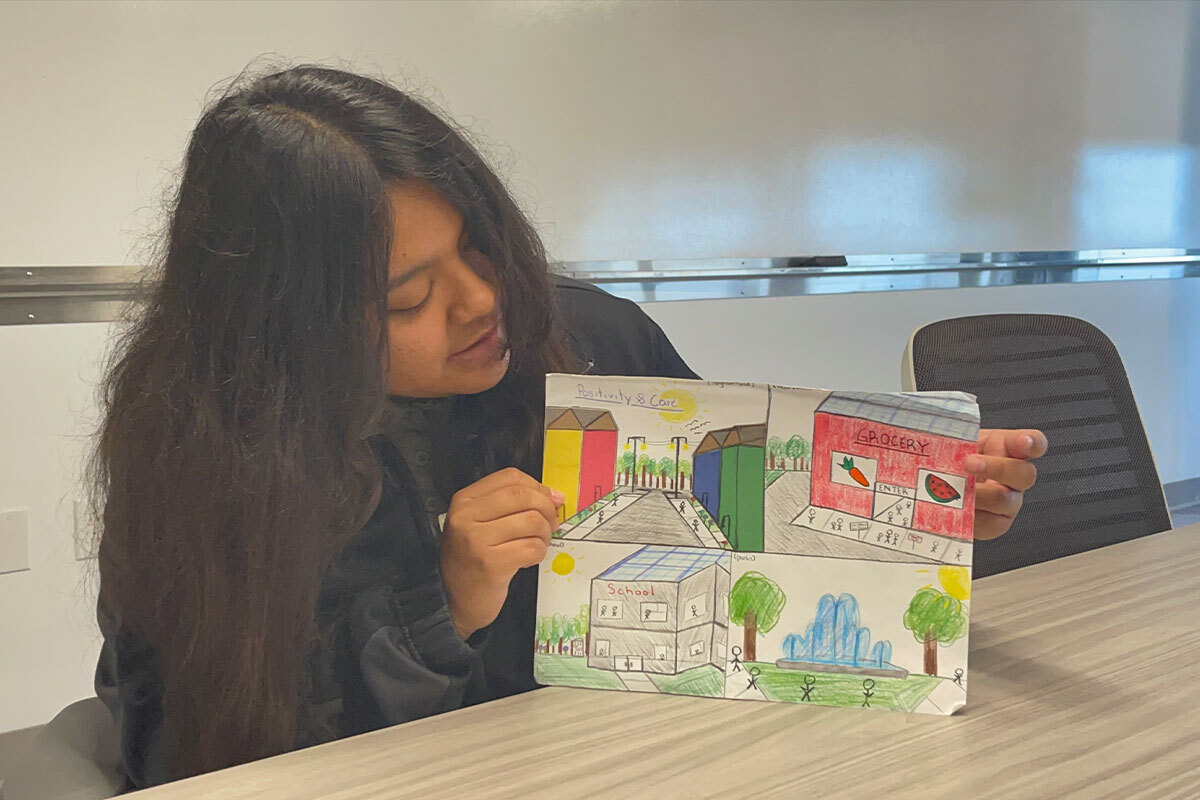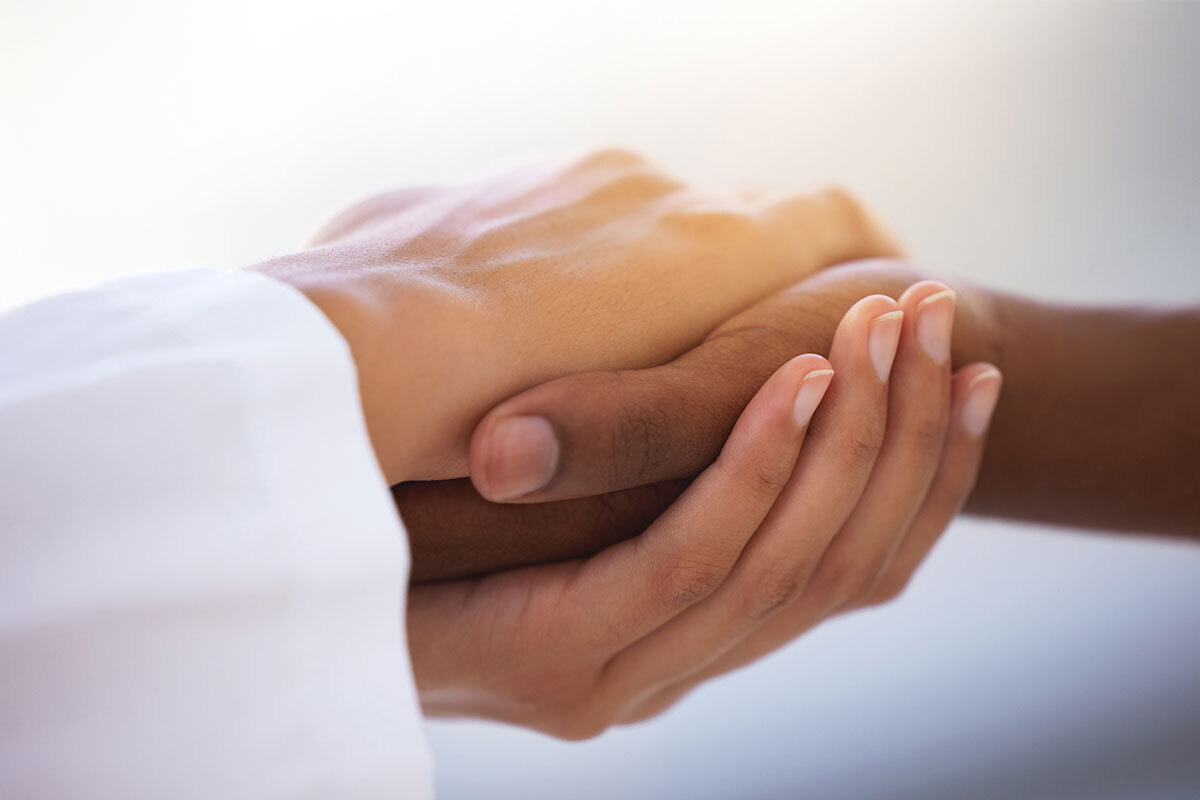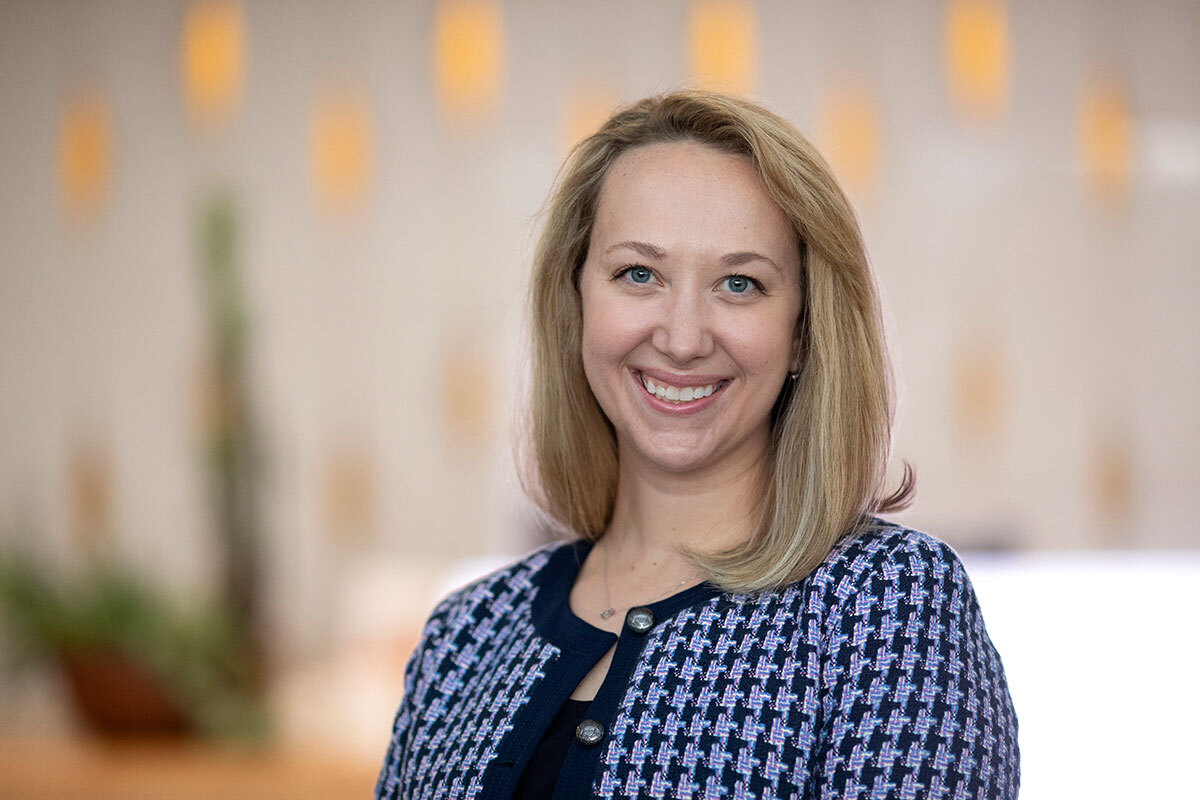As the days go by, this Southern Indiana couple strives to make each one count even when they are spending time in the hospital.
By IU Health Senior Journalist, T.J. Banes, tfender1@iuhealth.org
There are two versions of Jose Moreno’s birthday. One was in February, when he turned 46, and the other was in late August when he received a stem cell transplant.
On both dates, and many days in between, his wife, Gina, is right by his side. Earlier this month, they celebrated their 25th wedding anniversary in a hospital room at IU Health Simon Cancer Center. They ordered carryout food, the nurses on the Bone Marrow Transplant Unit hung a banner outside Moreno’s hospital room, and provided a special dessert.
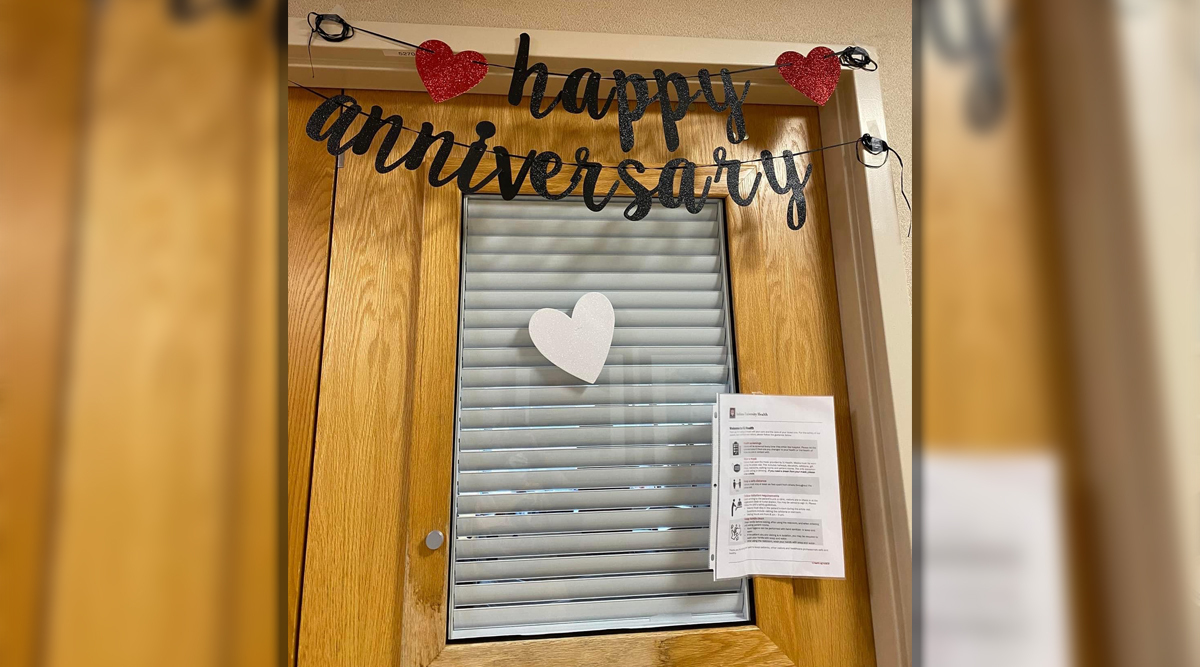
Their journey with IU Health began in January when Moreno was diagnosed with acute lymphocytic leukemia (ALL) a cancer of the blood and bone marrow. He has been in the care of Dr. Seyed Hamid Sayar, who specializes in hematology. Several rounds of chemotherapy led up to the day he received his stem cell transplant.
A white board in his room marks the occasion with the words, “Happy New Birthday. Let’s Cell-ebrate.” His wife wrote in a social media post to family and friends: “Today at 11 a.m. Jose will get his new cells and his chance to keep living. It’s hard to believe without treatment he would have been gone in six months.”
A bone marrow transplant provides Moreno with healthy replacement cells. After the procedure, Gina Moreno, referred to her husband as “Superman,” for all he has been through.
Moreno gives his wife credit for helping him every step of the way. They also appreciate the kindness of friends in their hometown of Lyons, Ind.
Jose was born in Guanajuato, Mexico and moved to Bloomfield, Ind. in 1994. The Morenos’ love story began four years later. “He was a waiter at a Mexican restaurant. I came in to eat and that was all there was,” said Gina. “He didn’t speak any English so we spent a lot of time sitting at a table practicing.” As the years went by, the couple bought a house in Lyons and had three children. They also have a grandchild.
Jose, who is known as “Alfredo” to his friends, followed his dreams and opened a Mexican restaurant called “Cinco de Mayo.”
“The restaurant is kind of a gathering place for our community,” said Gina. In February, hundreds of friends joined a Facebook page, “Wear Orange for Alfredo’s birthday.” Orange is the color representing leukemia.
And now, with his new birthday, those same friends continue to rally around the couple with prayers and words of support.

